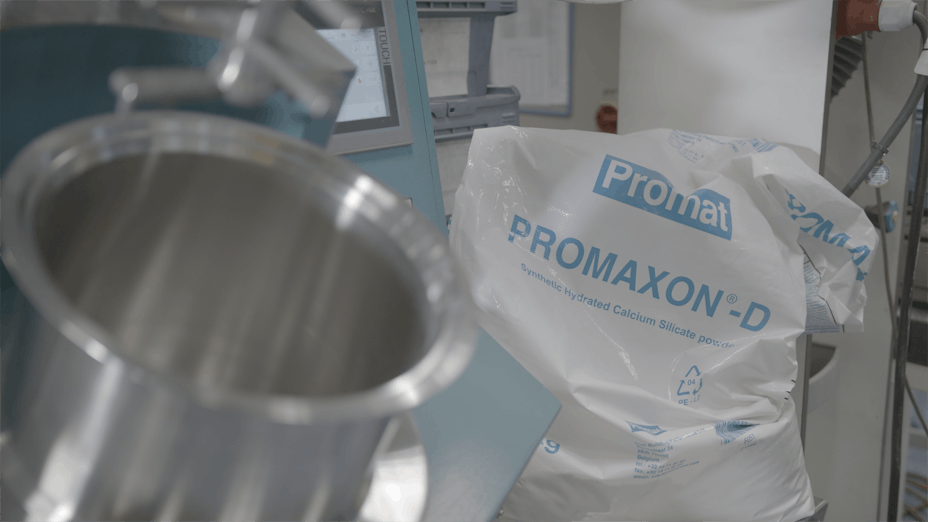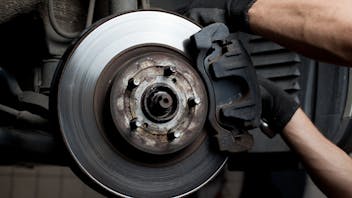Over 500 raw materials are used in today’s automotive brake pads, with a typical compounder’s formulation containing up to 30 separate components. This complex mix of raw materials is needed to cope with the extreme stresses and conditions that brake pads experience.
A major aim is to reduce wear. Compounders are aiming towards supplying a single set of brake pads that don’t need replacing over a car’s life. That will also reduce environmental effects. Over 90% of PM10 particulate matter emissions from traffic are now estimated to come from non-exhaust emissions, with up to half of that from brake wear. Some of the materials – like the Lapinus mineral fibres used as a raw material – are certified biosoluble and therefore environmentally friendly and safe for humans.
Zinc, copper and other materials are however shed from car brakes and tires, and this is particularly unwelcome in urban areas. Health, Safety & Environmental concerns are becoming more and more important worldwide, and that includes raw materials being used in friction materials. For example, copper content in friction materials will be restricted in several US states to a maximum of 5% in 2021 and 0.5% in 2025, and antimony trisulphide is not allowed in European OE passenger car disc pads.
In the short term, filters or vacuum pumps can help. The long-term solution must however be to continue to reduce wear, and use only benign materials in the pads themselves. Disc manufacturers are also working on durable coatings and temperature or chemical treatments to reduce wear.










